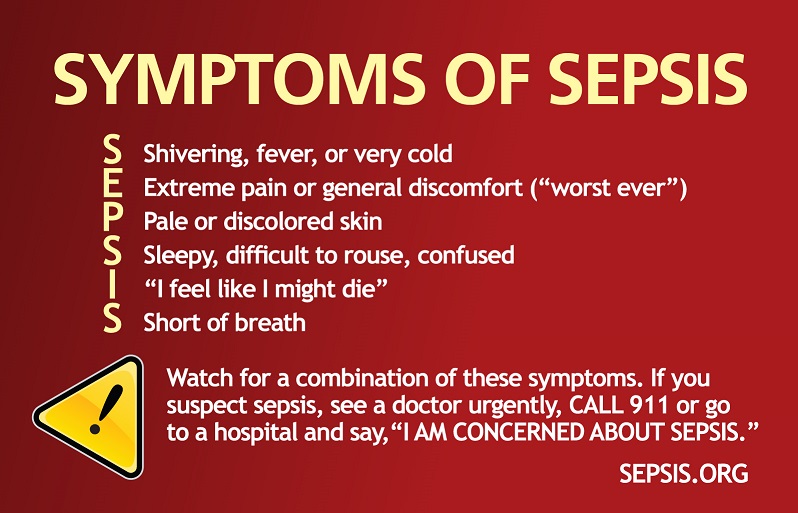As we reflect on 2016 and move full speed into 2017, I am hopeful that the physician inventors we are working with through The Innovation Institute, a national health care technology incubator, will get closer to beating sepsis, the leading cause of preventable death in developed and developing countries around the world.
Sepsis affects over 26 million people worldwide each year and is the largest killer of children and newborn infants in the world. In the U.S., 258,000 people die from sepsis every year – one every 2 minutes; more than prostate cancer, breast cancer and AIDS combined. (Source: www.sepsis.org)
2016 marked the first World Sepsis Day calling for all nations to address the growing burden of sepsis, and bringing the problem to the limelight. The Global Sepsis Alliance (GSA), a worldwide collaboration of prominent clinicians and health care associations, is appealing to every country to establish a national action plan to reduce sepsis by at least 20 per cent by the year 2020.
National campaigns are also underway by the U.S. Center for Disease Control and the UK Department of Health to educate people about the fact that sepsis is a medical emergency where time is of the essence. Therefore, rapid recognition and treatment is as critical as in heart attack or stroke. Learning how to identify and screen every potentially infected patient for sepsis can save lives. Also, educating the public about the symptoms, similar to how stroke signs have been simplified as Think "FASST" (Face, Arm, Speech, Sight, Time), could help. For sepsis, the symptoms are SEPSIS (Shivering, Extreme pain, Pale, Sleepy, I feel like I might die, and Short of breath).
Dr. Konrad Reinhart, Chair of the Global Sepsis Alliance says, "We can achieve this globally by promoting primary prevention by practices of good general hygiene and hand washing, clean obstetric care, improvements in sanitation, nutrition and delivery of clean water, and through vaccination programs for at-risk patient populations in resource poor areas as well as early identification and treatment of those afflicted."
Sepsis sabotages our good work across our health systems. It can interfere with the treatment of anyone exposed to bacteria in a hospital setting. I've known of patients in hospitals who have beaten a deadly cancer, only to end up fighting for their lives from a sepsis infection.
Despite innovation and advances in modern medicine, including vaccines, antibiotics, and intensive care, sepsis continues to stand out as a global life threatening medical condition. I believe that through innovation, The Innovation Institute will help reduce sepsis and sepsis deaths.
We need to beat sepsis by creating an awareness among clinicians and non-clinicians of how it occurs, how to detect it in time, how to treat it, and how to prevent it.
Our Innovation Lab team is working with several health care professionals to develop solutions that will fight sepsis. Identifying those who are at risk, including children and the elderly, and those whose medical records indicate the possibility of a compromised immune system could be helpful in this battle. We must look at innovation that not only helps control infection, but that also reduces the presence of all health conditions that make young and old alike susceptible to sepsis.

###
The views, opinions and positions expressed within these guest posts are those of the author alone and do not represent those of Becker's Hospital Review/Becker's Healthcare. The accuracy, completeness and validity of any statements made within this article are not guaranteed. We accept no liability for any errors, omissions or representations. The copyright of this content belongs to the author and any liability with regards to infringement of intellectual property rights remains with them.
